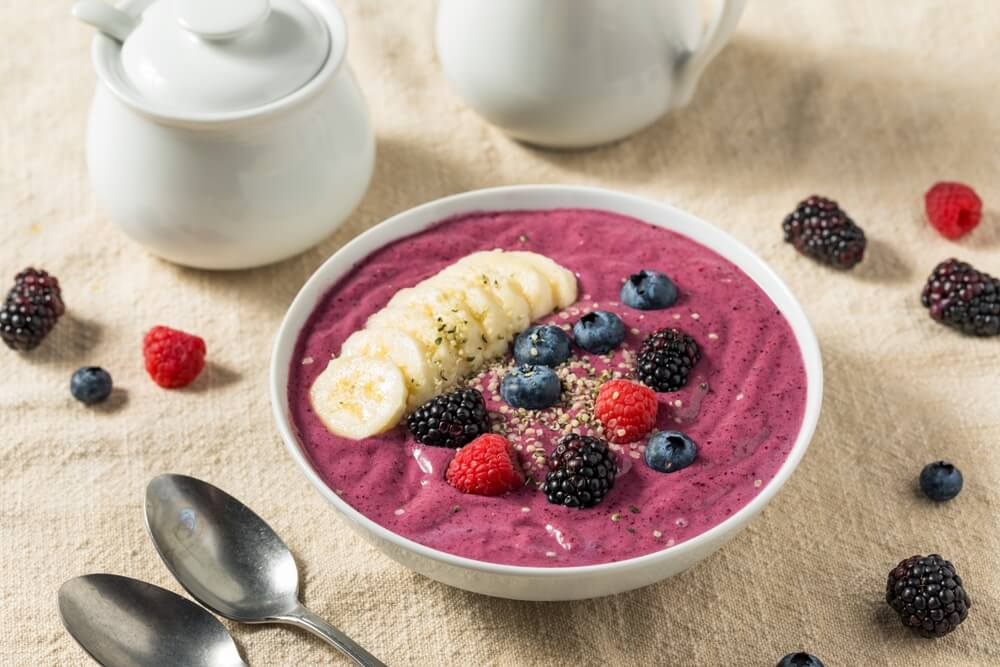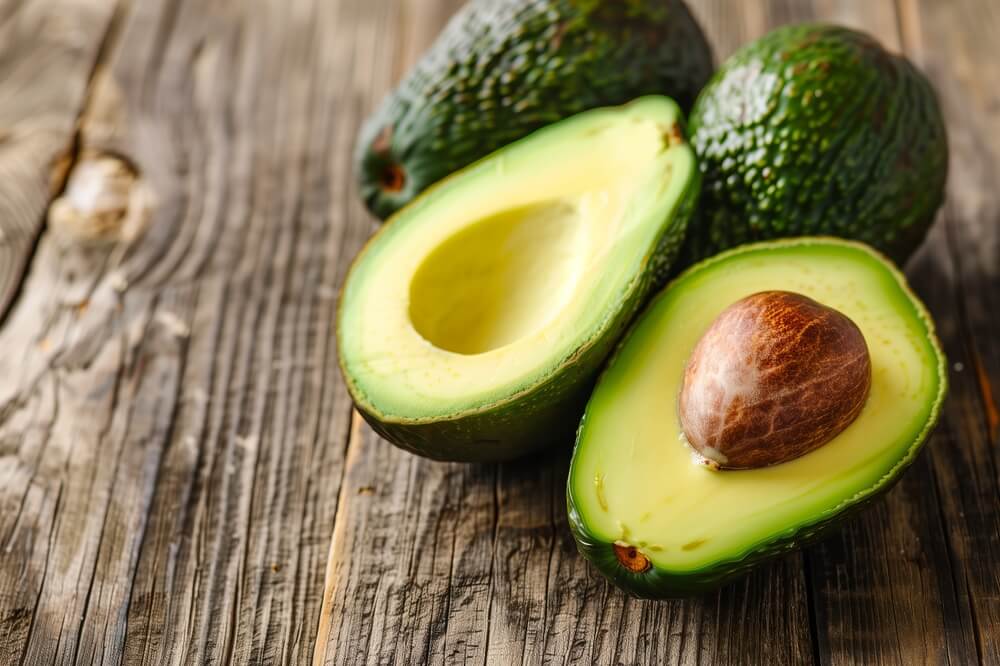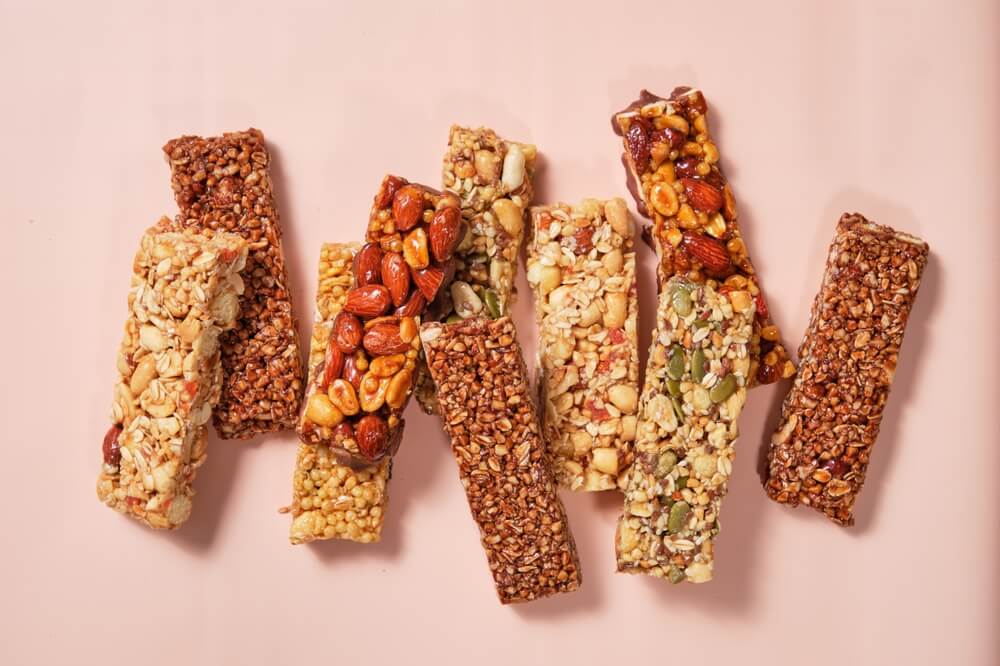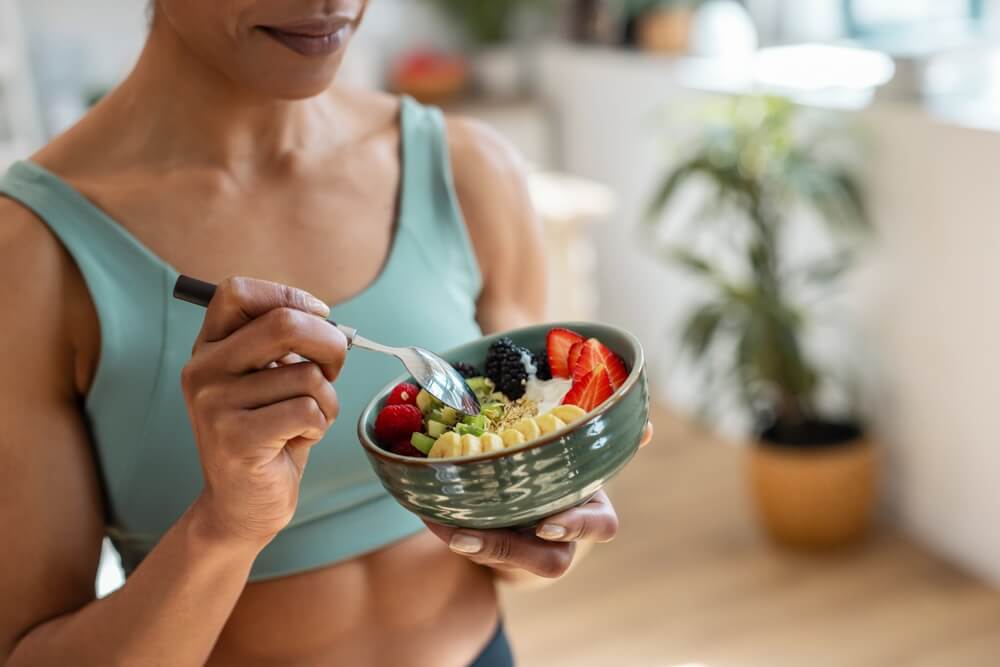We all know that eating healthy is the key to feeling good and maintaining a balanced lifestyle. But sometimes, even the healthiest foods can have a sneaky way of making you gain weight—without you even realizing it. It can be frustrating when you feel like you’re doing everything right but still aren’t seeing the results you want. So, what gives?
Let’s take a look at some ‘healthy’ foods that might be secretly sabotaging your weight goals.
1. Granola
Granola has become a staple for so many health-conscious eaters. It’s often marketed as a healthy breakfast option, loaded with fiber, protein, and heart-healthy fats. But here’s the catch: granola can be packed with hidden sugars and fats. Those “natural” sweeteners like honey or maple syrup may sound better than refined sugar, but they still add up quickly in terms of calories. Plus, granola’s crunchy texture often makes it easy to mindlessly eat large portions.
If you’re not careful with your portion sizes, that handful of granola can easily turn into a calorie bomb, especially if you pair it with yogurt or smoothies. To keep it in check, try measuring out a small serving or opt for a homemade version where you can control the ingredients.
2. Dried Fruit
Dried fruit seems like a healthy snack choice. It’s portable, nutrient-dense, and a great way to get your fruit fix. But dried fruit is concentrated, meaning it’s easy to overeat. When the water is removed from the fruit, the sugar content becomes more concentrated, making it much higher in calories than its fresh counterpart. Plus, many dried fruits have added sugars and preservatives, which can further contribute to excess calories.
Instead of reaching for dried fruit as a snack, try swapping it out for a piece of fresh fruit. You’ll get the same nutrients without the added sugar and extra calories.
3. Avocados
Let’s get one thing straight: avocados are delicious and packed with healthy fats. They’re great for your heart and contain important nutrients like fiber and potassium. But, like many healthy foods, they are calorie-dense. A medium avocado has around 250 calories, which can quickly add up if you’re adding it to every salad, sandwich, and smoothie you make.
While avocados can absolutely be part of a healthy diet, it’s important to be mindful of portion sizes. If you’re looking to cut back on calories, try using half an avocado instead of a whole one, or skip it on days when you’re not feeling as hungry.
4. Smoothie Bowls
Smoothie bowls are all the rage these days. They look like a refreshing and nutritious meal, packed with fruits, vegetables, and toppings like granola, nuts, and seeds. But here’s where things can go awry: smoothie bowls are often loaded with sugar, even if they come from natural sources like fruit. The base of the smoothie can be full of sugar, and those toppings, though healthy, can quickly add up in calories.
The thick texture of smoothie bowls can also encourage larger portions, and before you know it, your healthy breakfast is over 500 calories. To make your smoothie bowls lighter, try scaling back on the high-calorie toppings like granola or nut butter, and focus on adding more veggies to the base.
5. Nut Butters
Nut butters are a great source of protein and healthy fats, and they can be a tasty addition to your snacks and meals. However, they are also high in calories and fats. Even though they are the “healthy” kind of fat, they’re still calorie-dense. It’s easy to eat way more nut butter than you realize, especially when you’re spreading it on toast or mixing it into smoothies.
The key here is moderation. A tablespoon or two is usually plenty to get the flavor and nutrients you’re looking for. Instead of slathering it on, try measuring out your portion to avoid overeating.
6. Low-Fat or Fat-Free Snacks
It’s tempting to reach for low-fat or fat-free snacks, especially when we’re trying to cut back on calories. However, just because something is labeled “low-fat” or “fat-free” doesn’t mean it’s healthier. Often, manufacturers compensate for the lack of fat by adding extra sugar, which can make these snacks just as calorie-dense as their full-fat counterparts.
For example, low-fat yogurt might have added sugars to make up for the loss of flavor. Similarly, fat-free crackers might be high in carbs. If you’re craving a snack, it’s better to go for whole, minimally processed foods. They may have more fat, but they’re also more satisfying and less likely to lead to overeating.
7. Energy Bars
Energy bars seem like the perfect on-the-go snack. They’re convenient, portable, and can provide you with a quick energy boost. But, just like with granola, many energy bars are packed with added sugars, artificial sweeteners, and preservatives that can cause your calorie count to skyrocket without providing real nutritional value.
While some energy bars are a good source of protein and fiber, others are little more than glorified candy bars. If you’re reaching for an energy bar, make sure to read the ingredients carefully. Choose ones that are made with whole, natural ingredients, and keep an eye on the calorie count.
8. Protein Shakes and Powders
Protein shakes are often seen as a convenient way to fuel up after a workout or boost your protein intake throughout the day. While protein is important for building muscle, the problem with protein shakes is that they’re often packed with calories and sugar—especially those pre-made options or powders with added sweeteners.
A scoop of protein powder in your smoothie can quickly add up to over 200 calories, and when combined with other ingredients like milk or juice, the calorie count can soar. Instead of relying on shakes, try to get your protein from whole food sources like lean meats, beans, or nuts.
Final Thoughts
Just because something is marketed as “healthy” doesn’t always mean it’s the best choice for your weight goals. Many of the foods we consider healthy can be high in calories, sugars, or fats—sometimes without us even realizing it. The key is moderation and being mindful of portion sizes.
When it comes to maintaining a healthy weight, focus on whole, nutrient-dense foods, and avoid falling into the trap of thinking that “healthy” foods are calorie-free. Eating mindfully, staying active, and paying attention to your body’s needs will always help you stay on track.








Leave A Comment